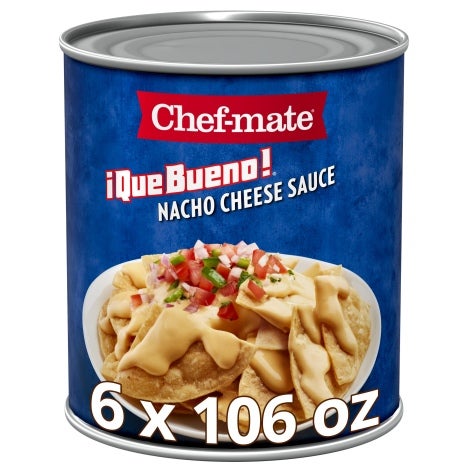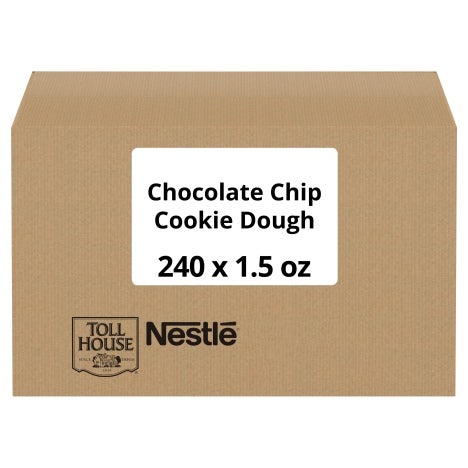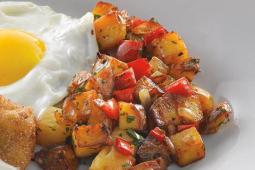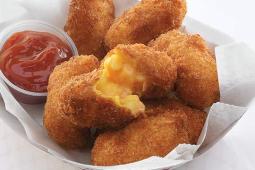
Learn How to Upsell Effectively
Combine upselling with excellent customer service to elevate the dining experience and boost check averages.
“Anything to drink with that?” is probably the most frequently used upsell line. The answer is usually no since the approach is often too vague to get the desired results.
It doesn’t have to play out that way, though. Servers who pay attention to the food order, time of day, and even a few points about the customer can apply subtle psychology and wording to pose a more targeted question, like one of these:
“It’s so warm outside today. Would you like to add a bottle of water to your order?”
“Red wine, or perhaps a glass of Malbec, will pair nicely with your steak. Shall I pour one for you?”
“A fresh pot of coffee just finished brewing. Care to have a cup with your omelet?”
Upselling, also called suggestive selling, serves two entities—the restaurant benefits with a boost on the total spend and the guest receives a more satisfactory visit. Some studies have suggested that up to two-thirds of customers can be upsold at the time of purchase, the big successes coming when the approach is attentive, authentic, and supportive of the overall dining experience. Emotionally, their main feeling should be that they were well taken care of, not that the server used a heavy hand to sway a sale.
Upsells are easiest when they flow naturally as part of the total experience. Here are some pointers:
- Servers should be well-versed in the particulars of each dish on the menu so they can make appropriate upsell suggestions. Training and pre-shift meetings with servers, bartenders, and hosts are ideal times for going over the menu and specials
- Specific suggestions can help customers overcome the paradox of too many choices. For instance, wine lists with pages of red, whites, and rosés can be overwhelming, the fear of making the wrong choice is often enough for customers to avoid adding wine altogether. One or two recommendations ease the decision-making for them. Likewise, if the dessert menu has 10 choices, the server might suggest his/her favorites
- Choice of words can make the difference between no and yes. “What else can I get for you?” will often elicit a different response than “Is that it, then?”
Take care not to oversell with a heavy-handed or insincere approach. Be mindful of suggesting too many or the highest-priced menu items—customers are quick to recognize greedy bill-padding tactics.
Counter servers have turned the phrase “Would you like fries with that?” into an art form. The approach needs to be lightning quick and make sense with the order already placed, perhaps a query as to whether they’d like the full meal instead of only a sandwich or a bag of apple slices for the kids.
Kiosks should have automatic add-ons appear on the screen based on what the customer has already entered. A photo of the item adds to the allure.
If customer-relationship management (CRM) software tracks guest preferences from previous visits, this data can be mined in advance of visits, and the findings built into food and drink suggestions. Artificial intelligence is already being used in drive-thru lanes and phone orders.
Looking for upselling inspiration? The three main dayparts offer lots of options for upselling and upgrading opportunities. Here are a few ideas:
Breakfast: Coffee, tea, toast, fresh fruit, baked goods, juice, enhanced water
Lunch: Iced tea, soda, soft drinks, bottled water, small soup or salad, cookie, brownie
Dinner: Appetizers, shared item for the table, à la carte sauces and condiments, cocktails or after-dinner drinks, glasses or bottles of wine, side dish, dessert
Easy Upgrade: Offer an upgrade to burgers, pasta, sandwiches, and vegetables by asking customers if they’d like a side of cheese sauce with their appetizer or entrée.
The information provided is based on a general industry overview and is not specific to your business operation. Each business is unique, and decisions related to your business should be made after consultation with appropriate experts.







